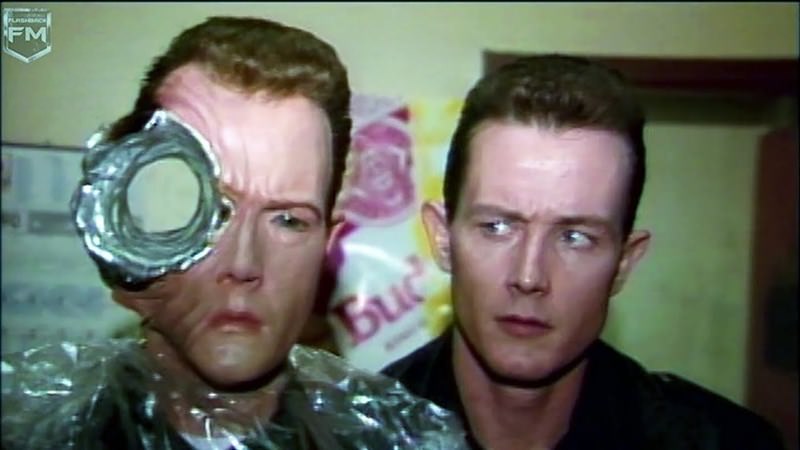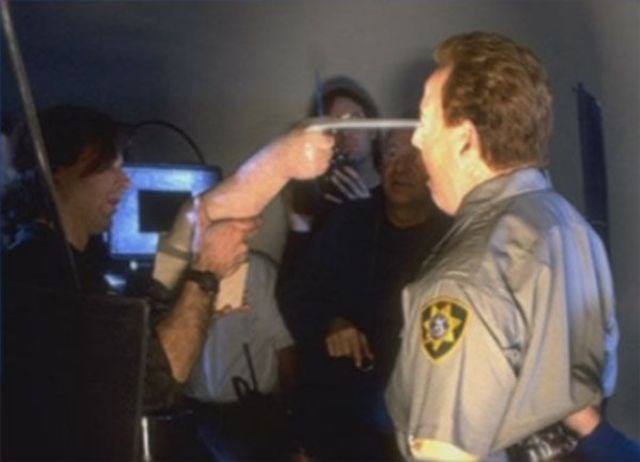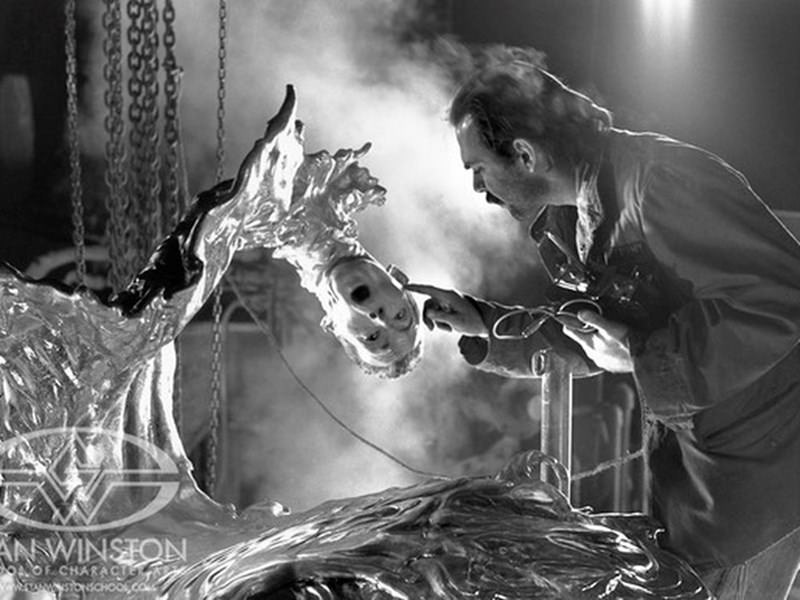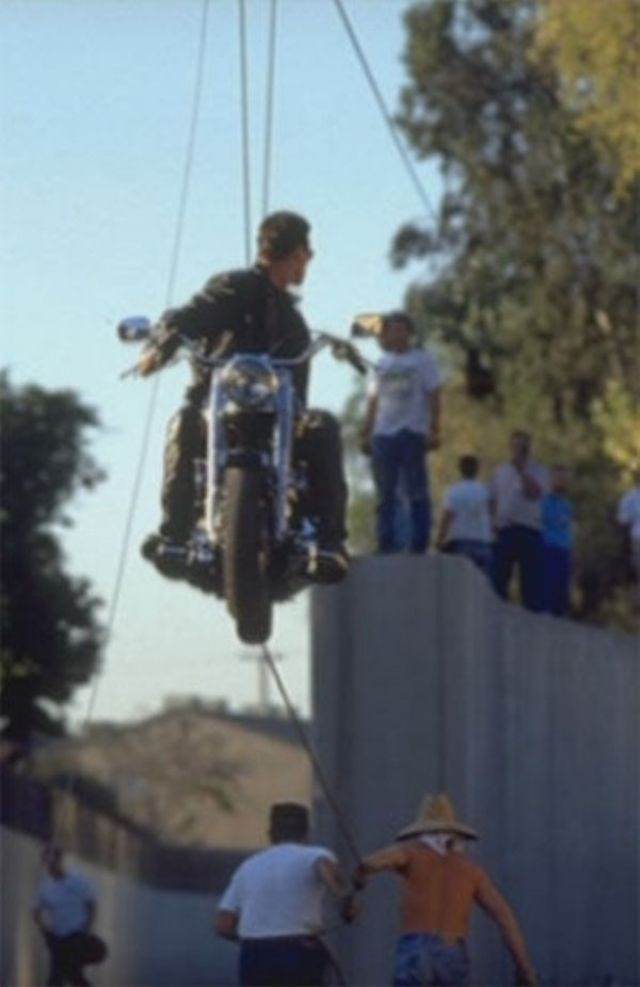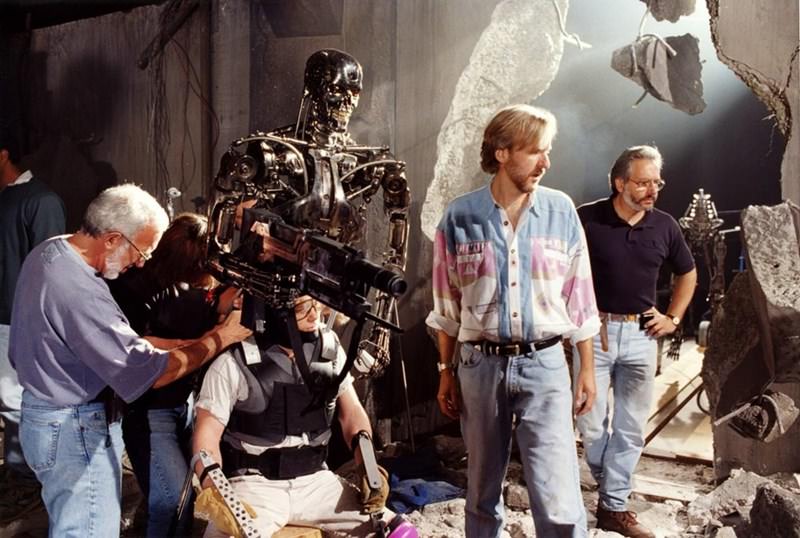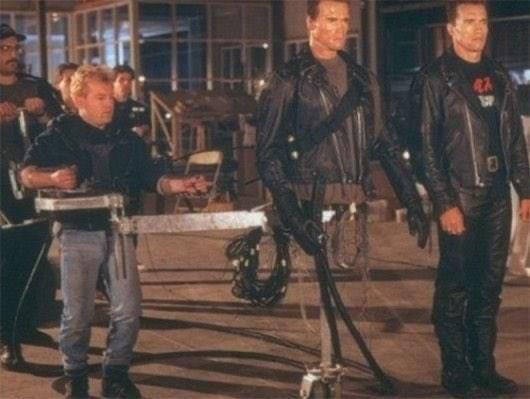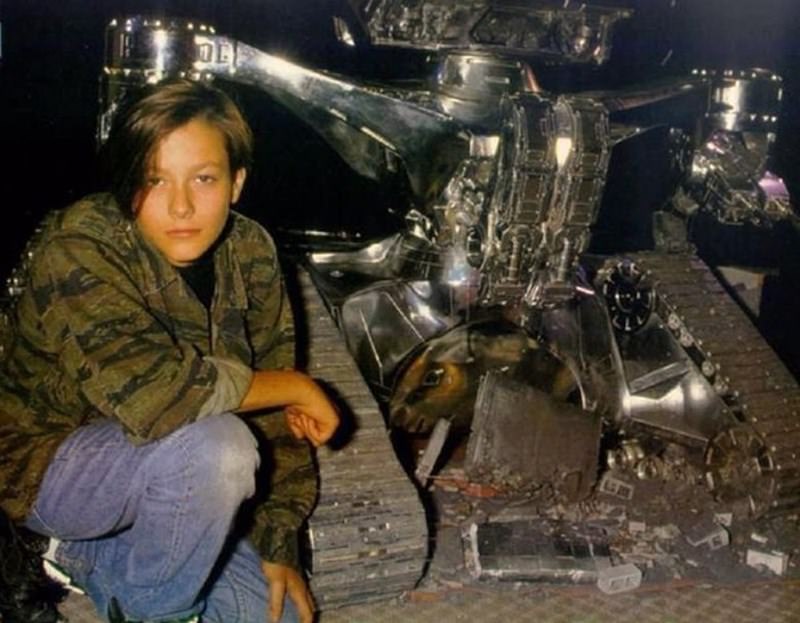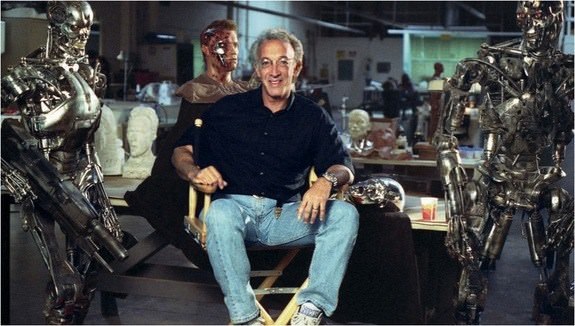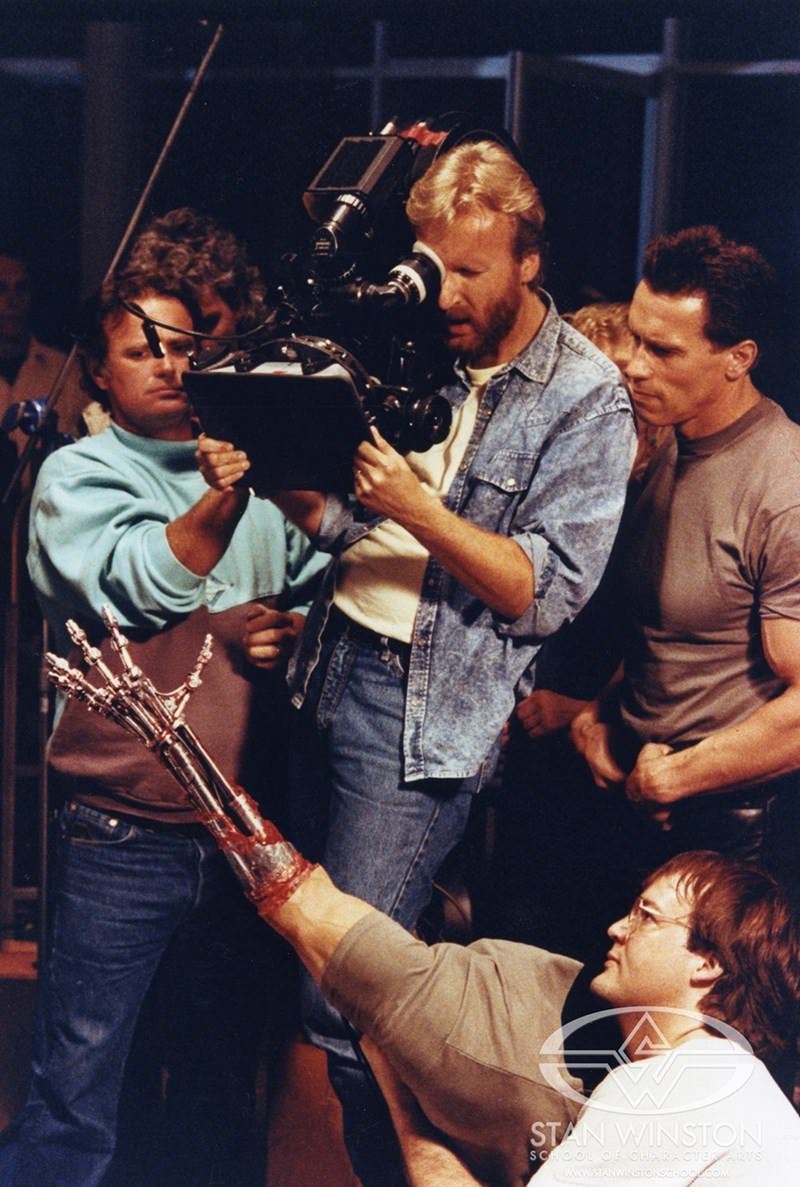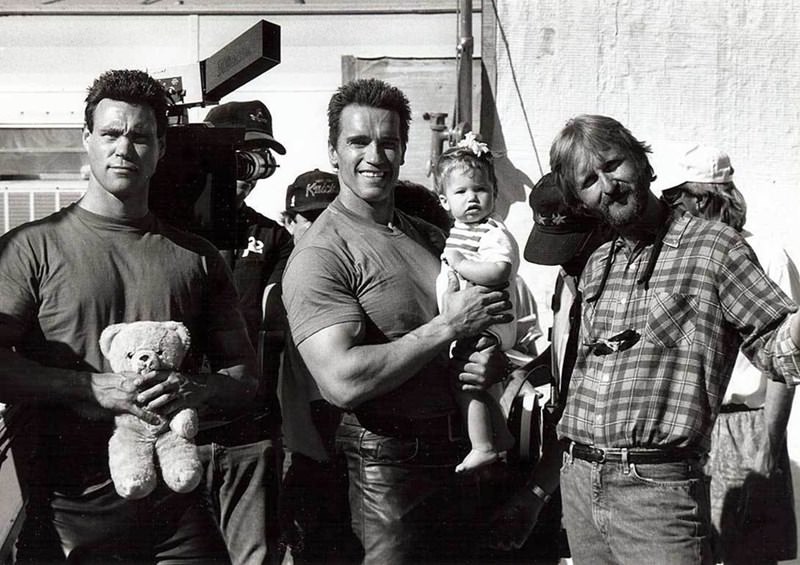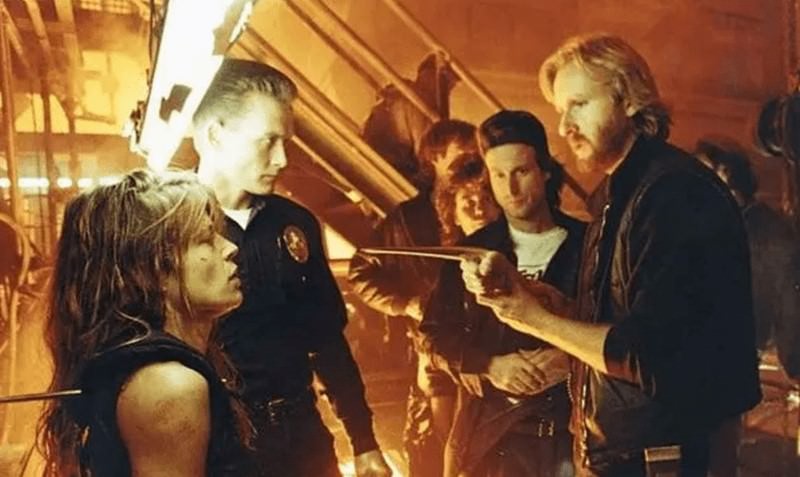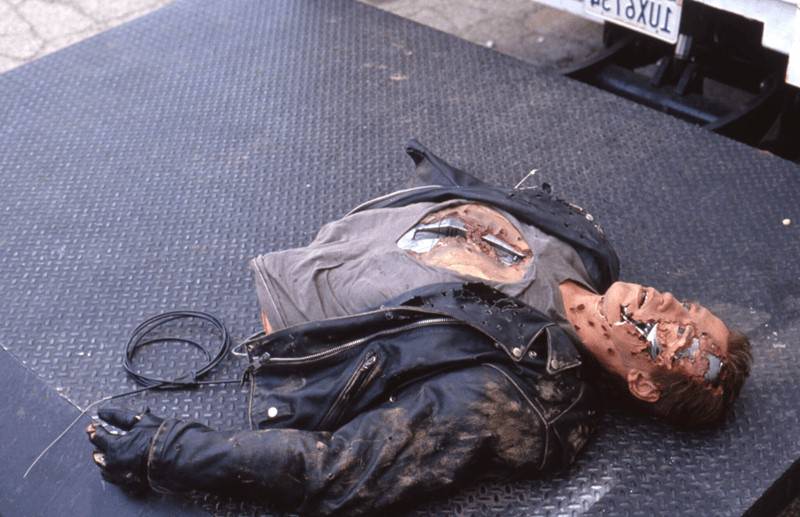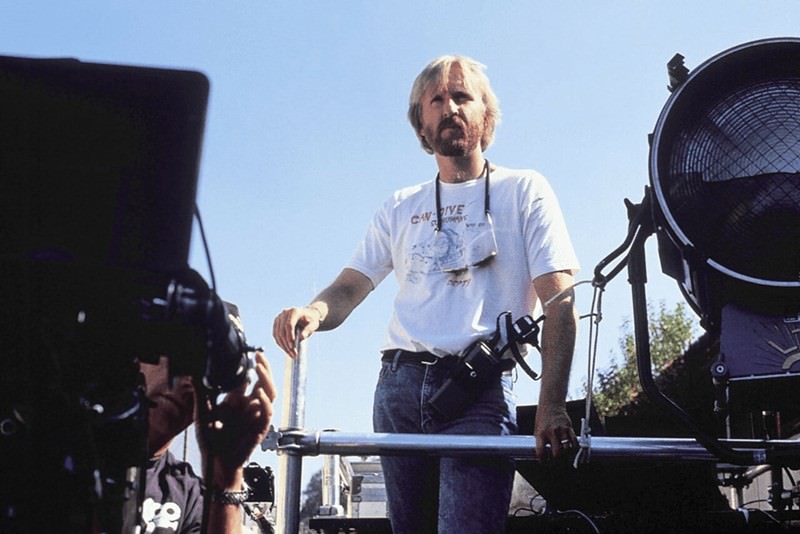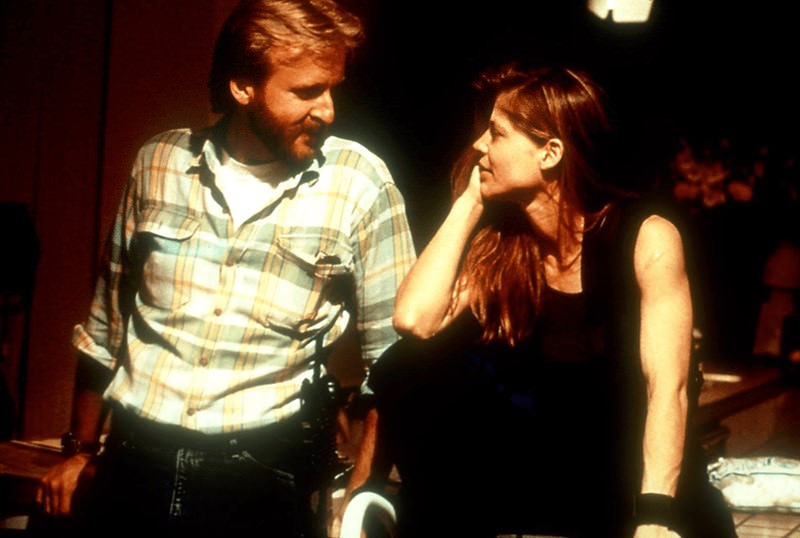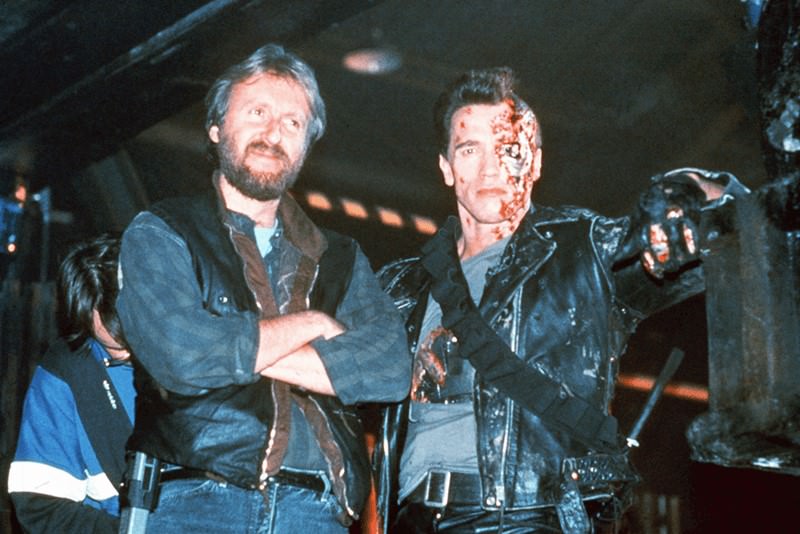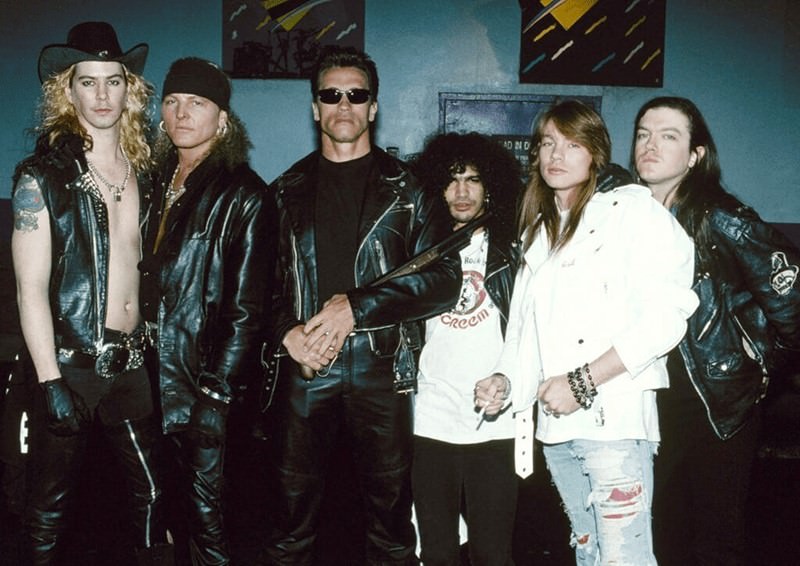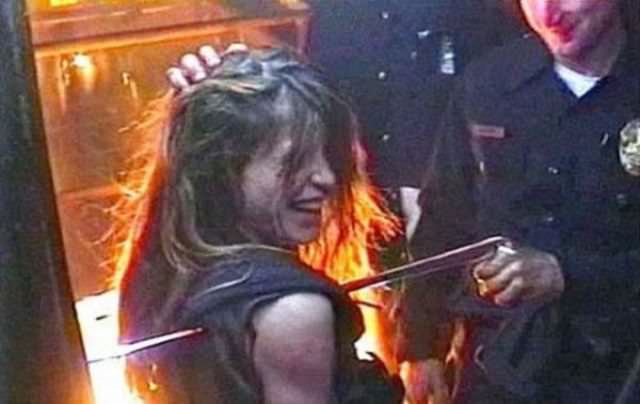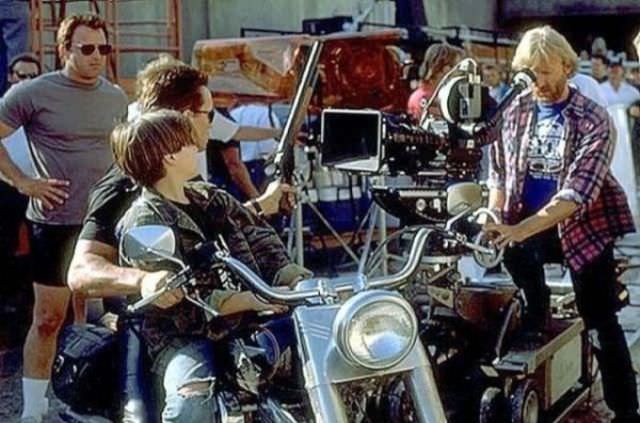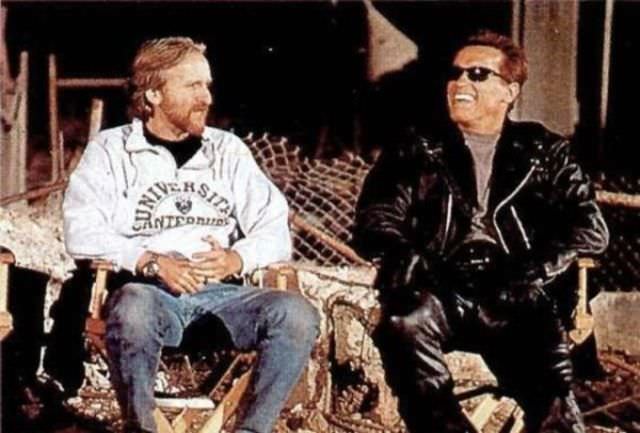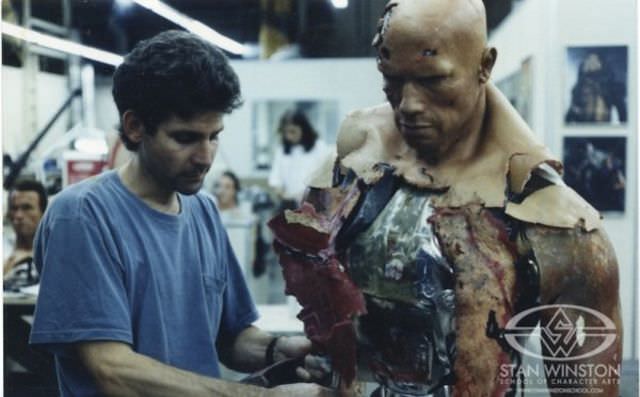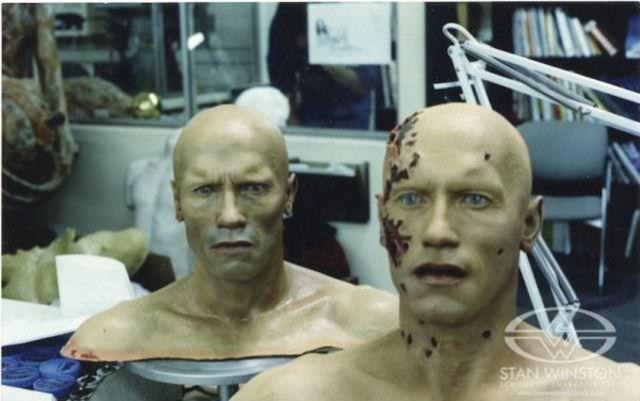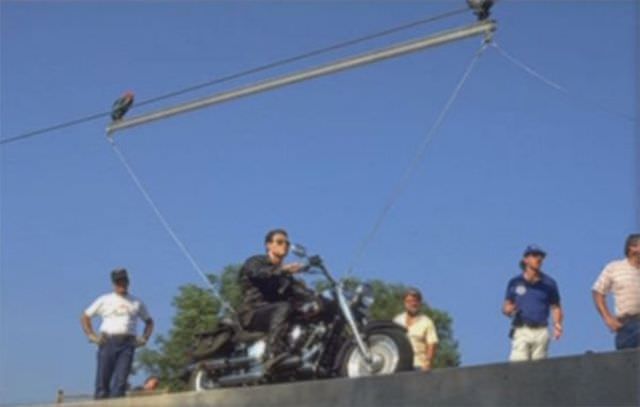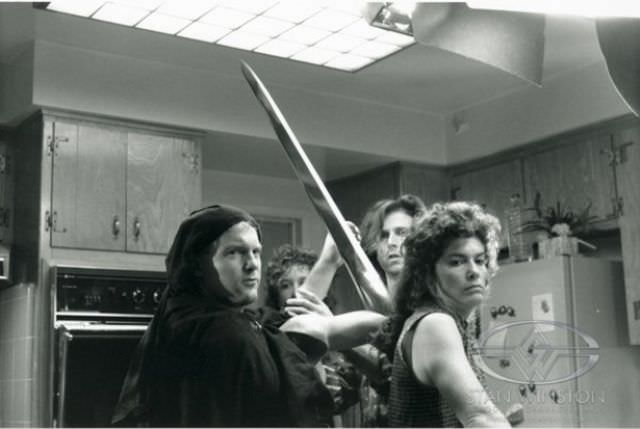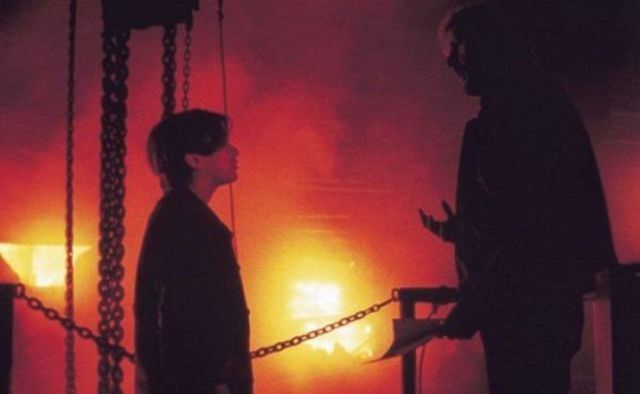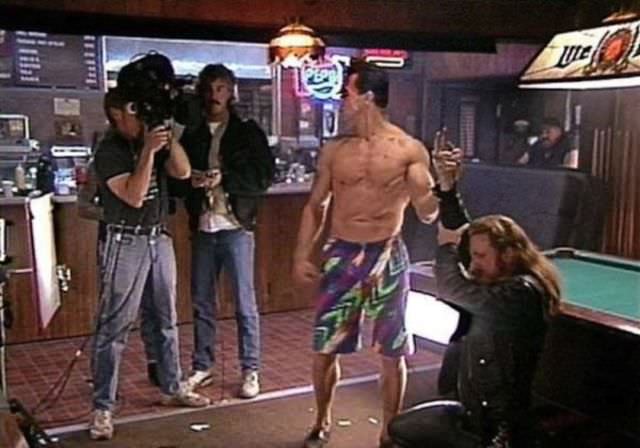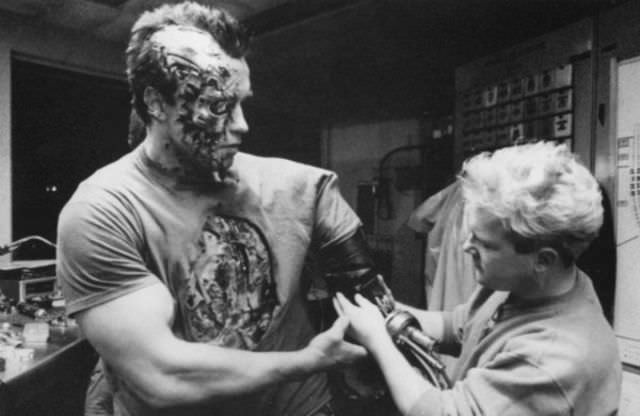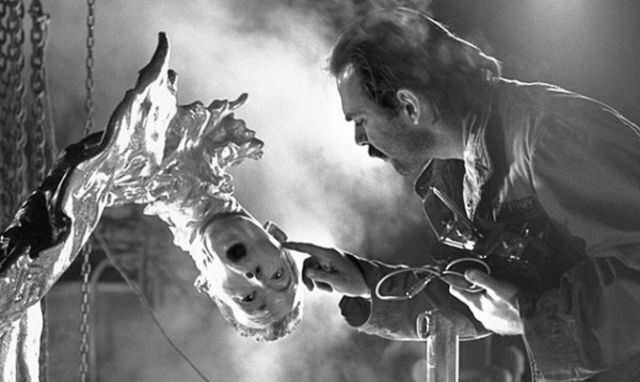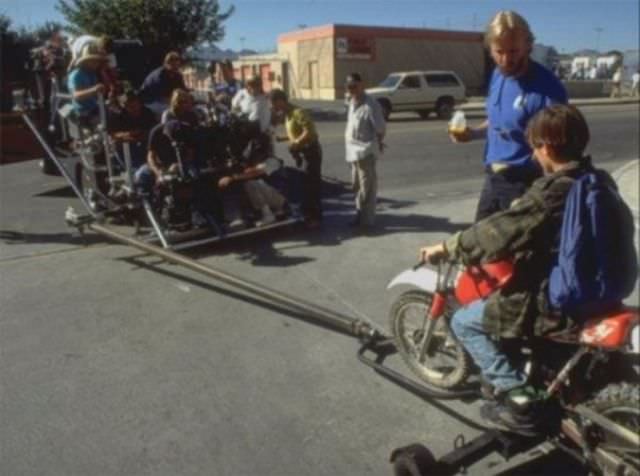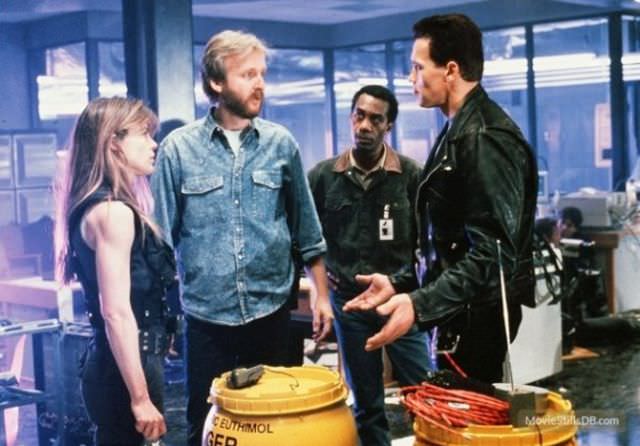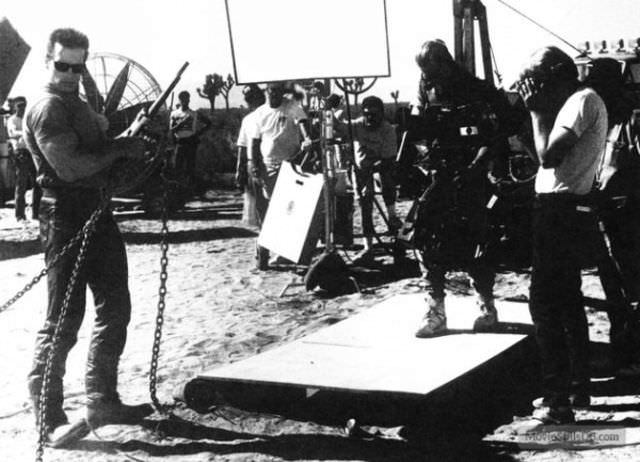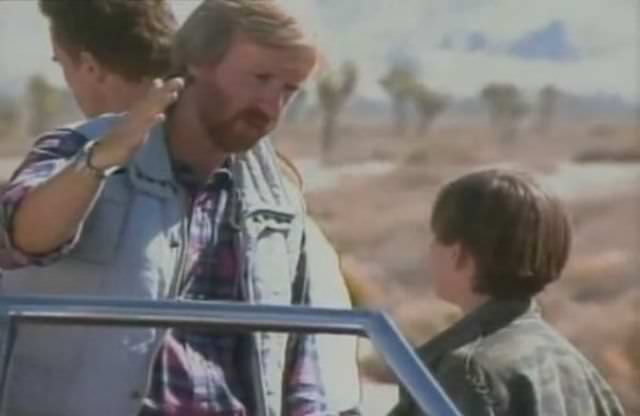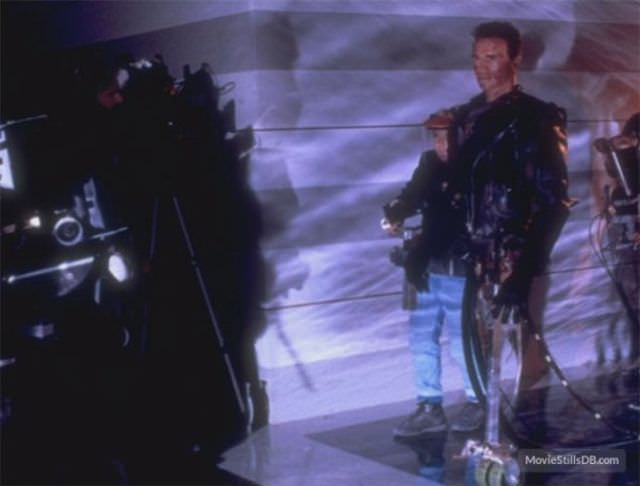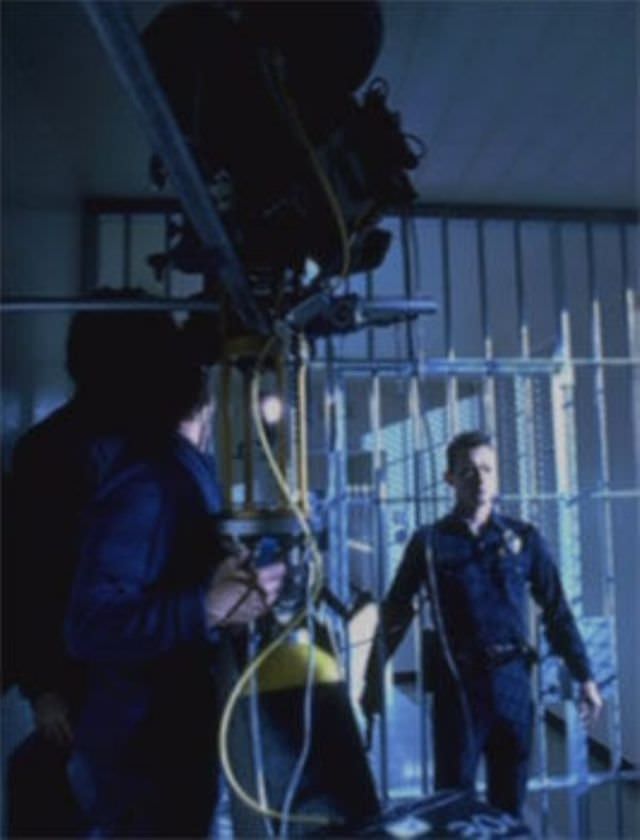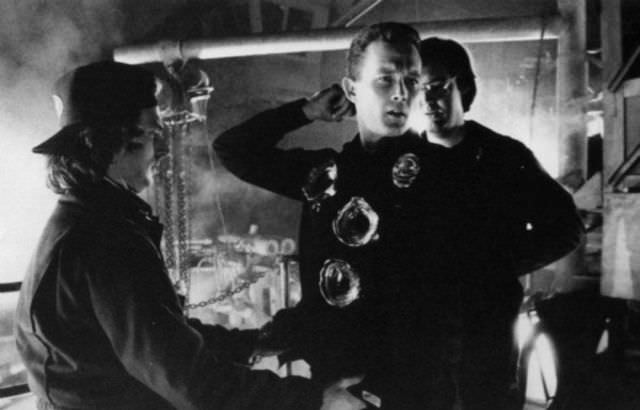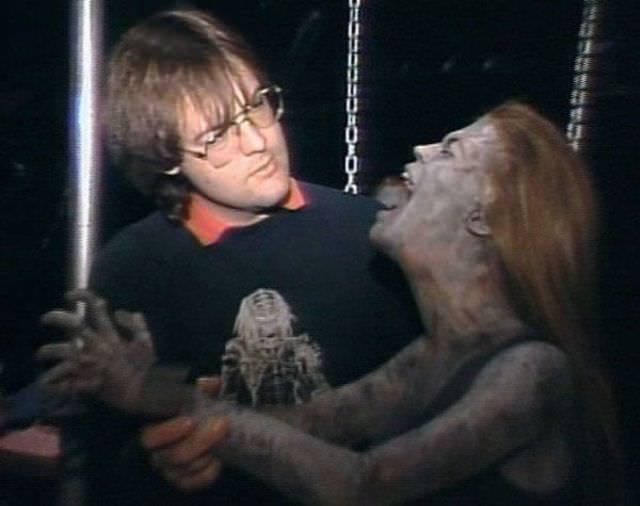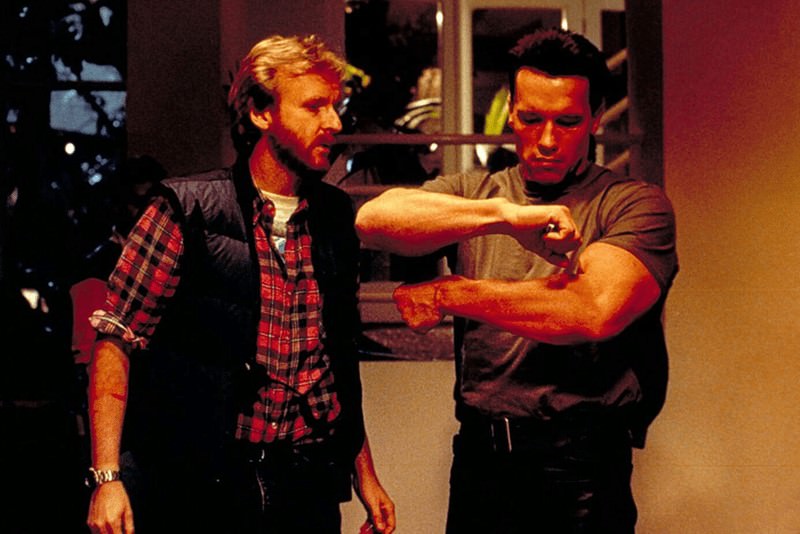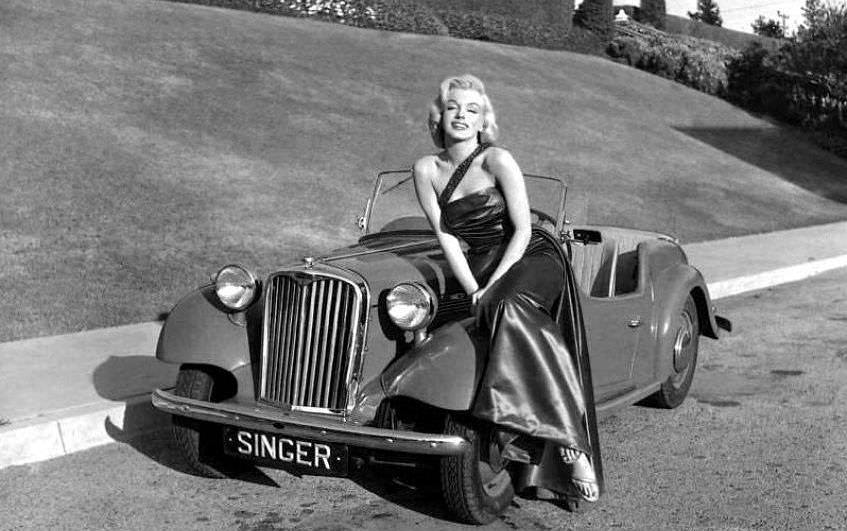Released in 1991, Terminator 2: Judgment Day’ arrived as the highly anticipated sequel to the 1984 science fiction hit ‘The Terminator’. Directed again by James Cameron, the film quickly became known for its thrilling action sequences, strong characters, and, most notably, its revolutionary visual effects. Bringing this ambitious vision to the screen was a massive undertaking, involving complex development hurdles, key casting decisions, dangerous stunts, and groundbreaking work in special effects technology.
Getting the Sequel Rolling
Putting a sequel together took several years after the original film’s success. The rights to the Terminator characters and story were complicated, eventually landing with the production company Carolco Pictures. Director James Cameron reportedly agreed to helm the project once Arnold Schwarzenegger was confirmed to return and Carolco committed the necessary resources. This commitment resulted in a record-breaking budget for the time, estimated at around $100 million, making ‘T2’ the most expensive movie ever made up to that point. A large portion of this budget was allocated to achieving the film’s complex action and visual effects.
Read more
Assembling the Cast
Arnold Schwarzenegger returned to his iconic role as the T-800 Terminator, but with a twist: this time, the machine was reprogrammed and sent back as a protector for John Connor. Linda Hamilton also came back as Sarah Connor, but her character underwent a significant transformation. Hamilton trained rigorously for months to portray Sarah as a muscular, hardened warrior fiercely determined to prevent Judgment Day. For the crucial role of the young future leader John Connor, newcomer Edward Furlong was cast after an extensive search; it marked his first film role. To play the film’s relentless new villain, the advanced T-1000 prototype, Robert Patrick was selected. His lean physique and intense performance provided a stark contrast to Schwarzenegger’s powerful build. Patrick underwent specific training for the physical demands of the role, including weapons handling and precise movements required for the character.
The Challenge: Creating the T-1000
Visualizing the T-1000, a Terminator made of liquid metal capable of mimicking shapes and people, was the film’s greatest technical challenge and pushed the boundaries of visual effects. Success required a combination of pioneering digital work and state-of-the-art practical effects:
Computer-Generated Imagery (CGI): George Lucas’s company, Industrial Light & Magic (ILM), was tasked with creating the computer graphics. Using early but rapidly advancing CGI techniques, ILM brought the liquid metal effects to life. Audiences saw the T-1000 seamlessly morph between human forms, ooze through metal bars, and instantly heal from damage. Creating these visuals required significant advancements in computer software and immense processing power. While the total screen time for these full CGI effects was only a few minutes, their execution was revolutionary for filmmaking.
Practical Effects: Complementing the CGI, Stan Winston Studio created the physical effects needed for the T-1000. This included sophisticated animatronic puppets used for scenes where the T-1000 was blown apart or impaled, incredibly realistic makeup effects showing metallic wounds, and props designed to simulate the liquid metal properties. Clever on-set techniques, like using actors painted chrome or split suits, combined with precise editing helped blend the practical effects with the digital creations. Robert Patrick’s controlled physical performance was also vital in making the character believable. In scenes where both Sarah Connor and the T-1000 mimicking her needed to appear together, Linda Hamilton’s identical twin sister, Leslie Hamilton Gearren, acted as a double, allowing for convincing interaction.
Real Action and Dangerous Stunts
James Cameron favored practical action sequences, and ‘Terminator 2’ featured numerous large-scale stunts performed with real vehicles and pyrotechnics. The extended chase sequence in the Los Angeles River drainage canals involved trucks, motorcycles, and helicopters performing complex maneuvers at high speeds, including a helicopter actually flying under an overpass. Other notable practical stunts included John Connor’s dirt bike jump into the canal and the dangerous, fire-filled climax set within a real steel mill. The commitment to practical action required meticulous planning and execution by the stunt teams.
Building Worlds and Blowing Them Up
Stan Winston Studio also provided the detailed makeup effects showing the T-800 incurring progressive damage throughout the film. For scenes depicting the future war and Sarah Connor’s nuclear nightmare, the effects teams built and destroyed large, intricate miniature models to create realistic destruction on screen. Principal photography took place primarily in Southern California, utilizing locations like the LA River channels, various industrial areas, and the Lake View Terrace Medical Center (used for the mental hospital). The film’s fiery finale was staged over many weeks inside an abandoned steel mill located in Fontana, California, which was extensively rigged with pyrotechnics and mechanical effects for the complex battle sequences.
Pressure Cooker Production
The making of ‘Terminator 2’ was an intense and demanding process for everyone involved. The production operated under immense pressure due to the enormous budget and the tight schedule required to meet a summer 1991 release date. Coordinating the film’s numerous complex stunts and groundbreaking visual effects required precise logistics. Director James Cameron is known for being very demanding and detail-oriented, pushing the cast and crew through long hours and challenging shooting conditions to achieve his vision for the film.


